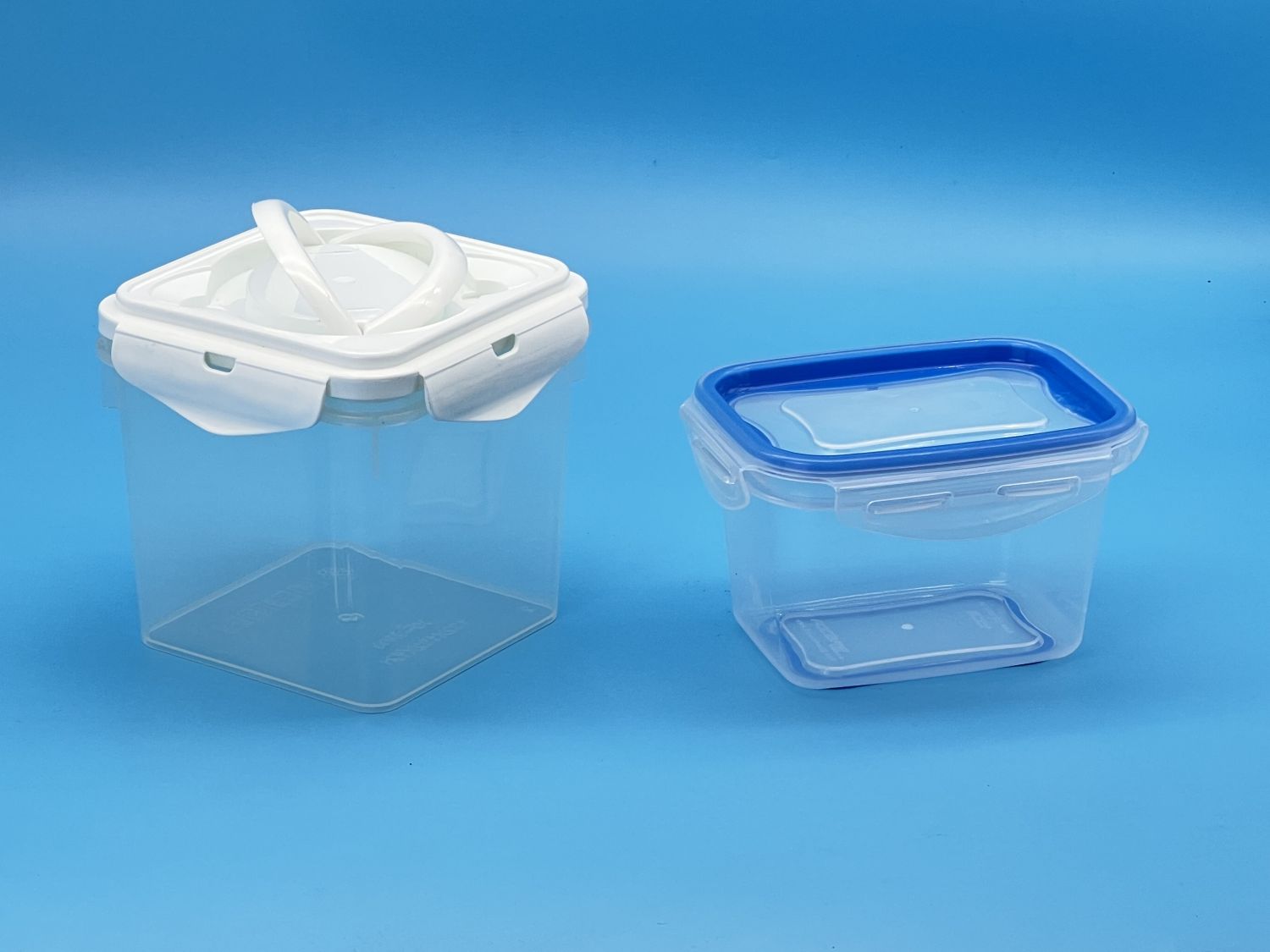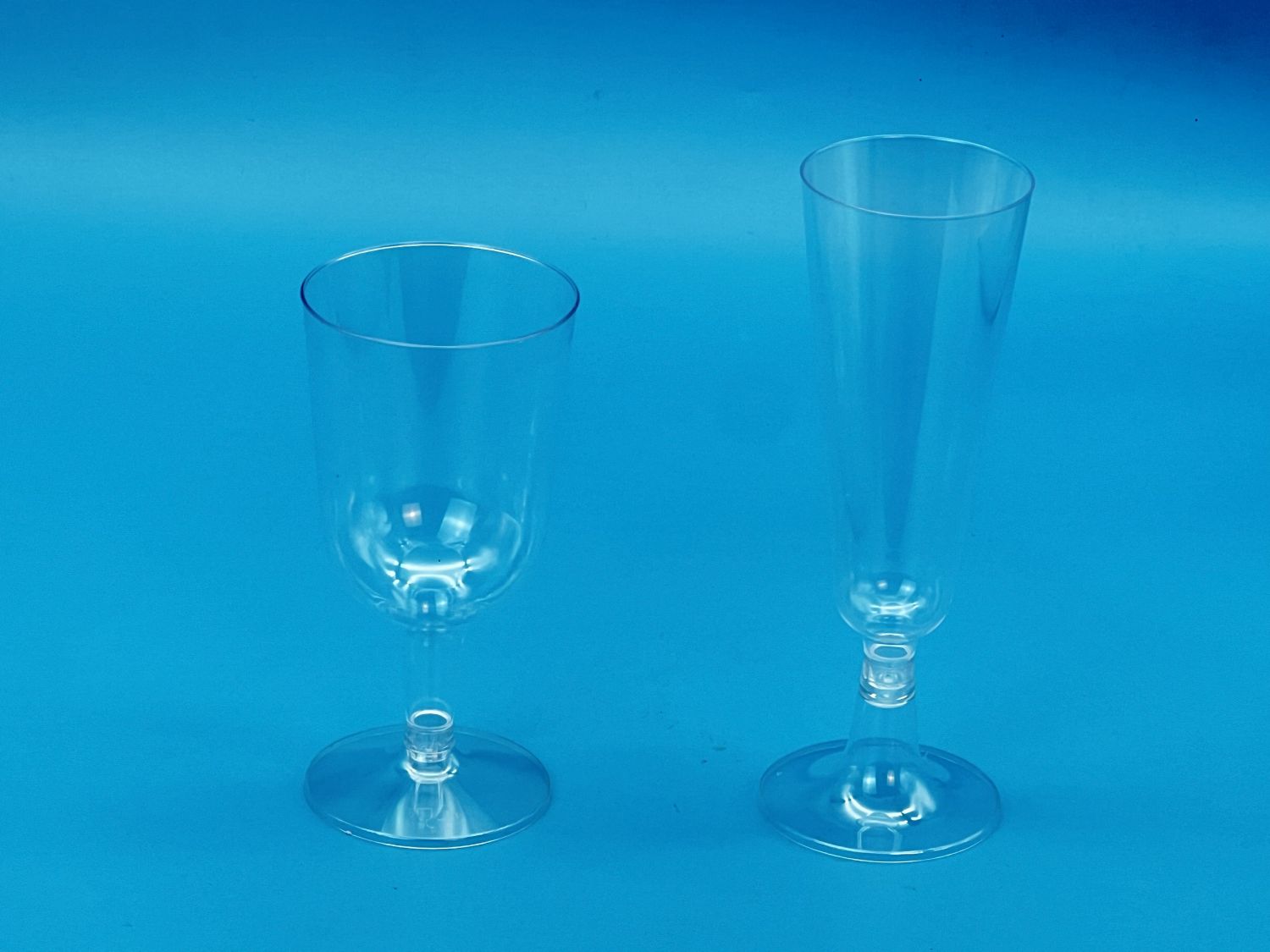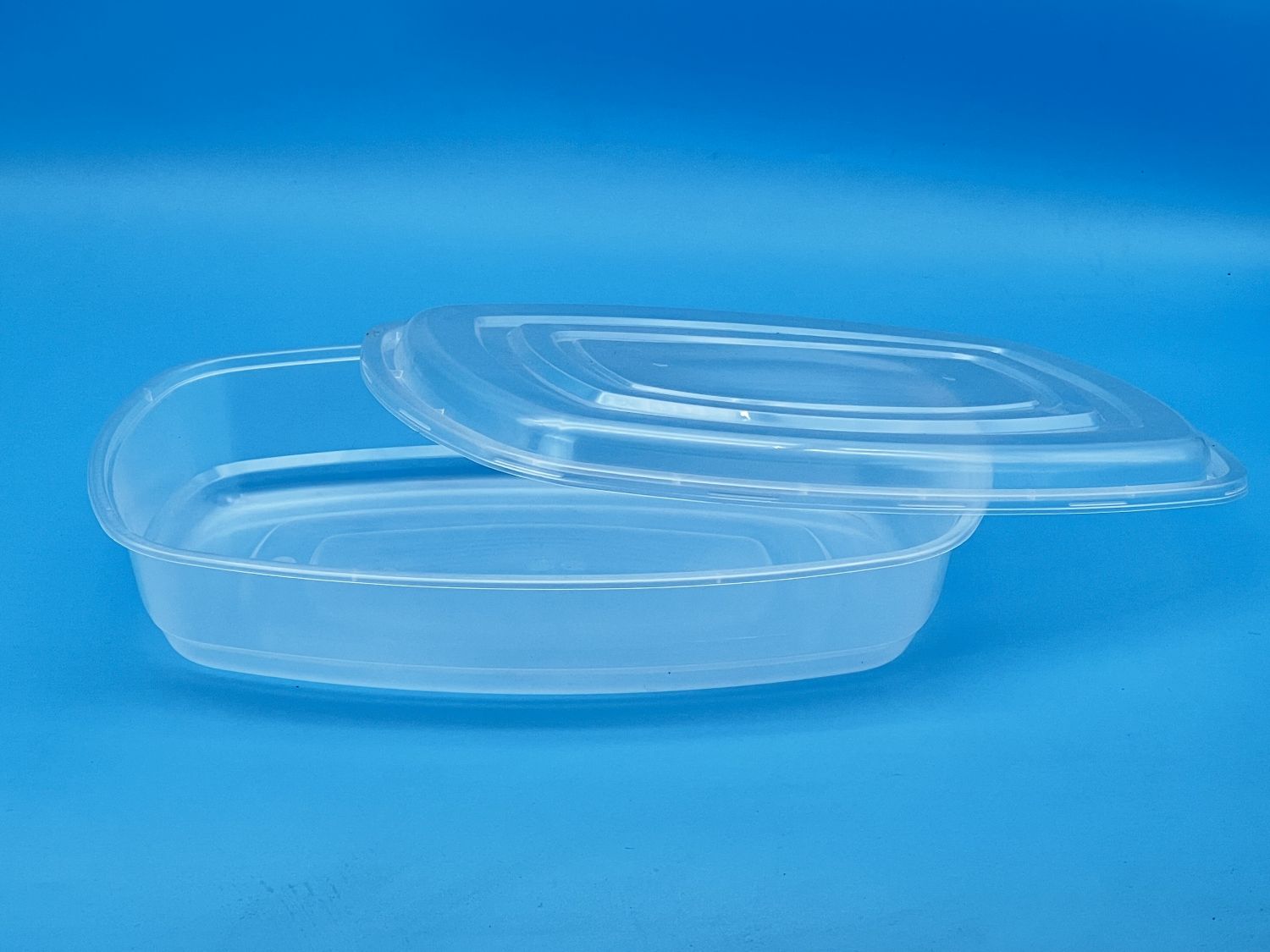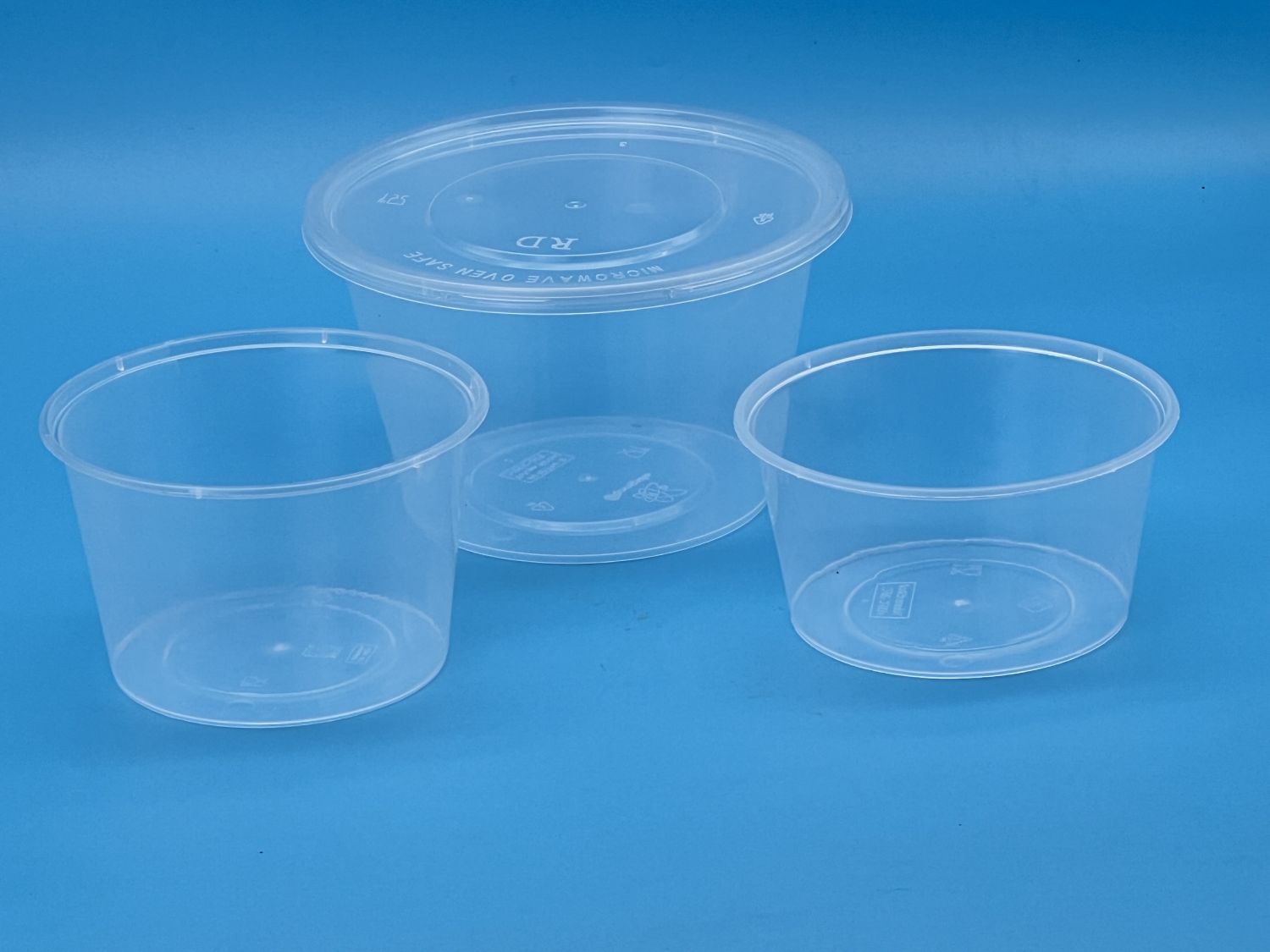
What Makes an IML Mold Truly Reliable?
2025-11-21
In-mold labeling (IML) has become one of the most popular technologies for food packaging, especially for yogurt cups, ice cream containers, and takeaway bowls. Many customers who search for PP Plastic Mold or thin-wall food container molds eventually ask about IML molds as well. So today’s article will help beginners understand what makes an IML mold truly reliable and why it requires a very different design approach compared with regular PP or PS molds.
If you’ve read our earlier blogs, you’ll quickly notice that IML combines many concepts we already discussed—thin-wall injection, cooling control, polishing, and gate balance—but with extra requirements for label placement accuracy.
1. What Exactly Is IML and Why Do Brands Prefer It?
IML integrates the label directly into the molded part during injection. This means:
-
no extra labeling step
-
better adhesion
-
improved durability
-
highly attractive packaging appearance
For brands, IML brings a premium feel because the label never peels or wrinkles like traditional stickers. And here’s the fun part—many customers don’t realize the label becomes part of the actual PP container itself.
Consumers see “high-end packaging,” but manufacturers see “faster and more efficient production.”
2. Why IML Molds Require Extremely Smooth and Precise Cavities
Because the label must attach cleanly to the cavity wall, the surface finish is critical. A poorly polished cavity will trap air, misplace the label, or create tiny wrinkles.
A typical high-quality IML mold requires:
-
mirror polishing
-
uniform cavity surface
-
smooth transitions and no sharp edges
-
precise steel fit for label positioning
This is very similar to the polishing needs we mentioned for PS clear drinkware molds, but IML is even more demanding. If the cavity has micro-scratches, the label will show it.
3. Label Positioning System: The Heart of IML Technology
This is where IML molds stand apart. The mold must correctly absorb, position, and secure the label before injection. This system usually includes:
-
vacuum holes or air-suction channels
-
static electricity assistance
-
pins or mechanical holders
-
precise label fixture timing
When these components don’t work in harmony, labels may shift, bend, or fail to attach. And yes—it can be very annoying for manufacturers because one tiny movement ruins the entire batch.
Good label positioning equals good product appearance. It’s that simple.
4. Thin-Wall Structure: Faster Is Better
Most IML containers are thin-wall, meaning:
-
extremely fast filling
-
high-speed cooling
-
optimized gate design
-
strong impact resistance
You may remember from our earlier articles that thin-wall molds require powerful cooling systems and well-balanced melt flow. The same applies here—but with an extra twist:
the label must survive the fast filling speed without deforming or folding.
This is why IML mold designers carefully control injection speed and gate type.
5. Cooling Matters Even More in IML Molds
Cooling is already crucial in PP or PS thin-wall molds. But in IML molds, uneven cooling causes:
-
label floating
-
wrinkles
-
warpage
-
dull surface appearance
High-end IML molds use:
-
beryllium copper inserts
-
intensive cooling circuits
-
close-to-cavity channels
-
multi-zone water control
This section links naturally with our previous content discussing cooling in PS drinking cup molds and thin-wall high-efficiency cooling systems.
6. How This Article Connects to Previous Blogs
IML molds sit at the center of multiple topics we covered:
-
PP vs PS Mold Comparison → IML commonly uses PP
-
Thin-Wall Mold Cooling → IML containers require ultra-fast cooling
-
Transparent Mold Finish → polishing principles are similar
-
Food Container Mold Blog → IML is widely used for yogurt and takeaway packaging
By cross-referencing these articles, customers can understand the entire ecosystem behind high-speed consumer packaging molds.
7. Why Choosing an Experienced China Manufacturer Matters
IML molds have many interconnected systems:
-
label handling
-
cavity polishing
-
thin-wall structure
-
cooling layout
-
injection simulation
Beginners might think it’s “just adding a label,” but in reality, IML requires deep mold expertise. A manufacturer like Baolin Mould—with experience in PP molds, PS molds, thin-wall cups, food containers, and IML technology—can provide stable performance from the first trial.
Honestly, that saves a lot of headaches.
A truly reliable IML mold is defined by precise label positioning, excellent polishing, strong thin-wall design, and efficient cooling. By understanding these fundamentals, buyers can make smarter decisions and choose molds that last longer and produce more consistent packaging.
Recent Posts

2025-11-21
What Makes an IML Mold Truly Reliable?





